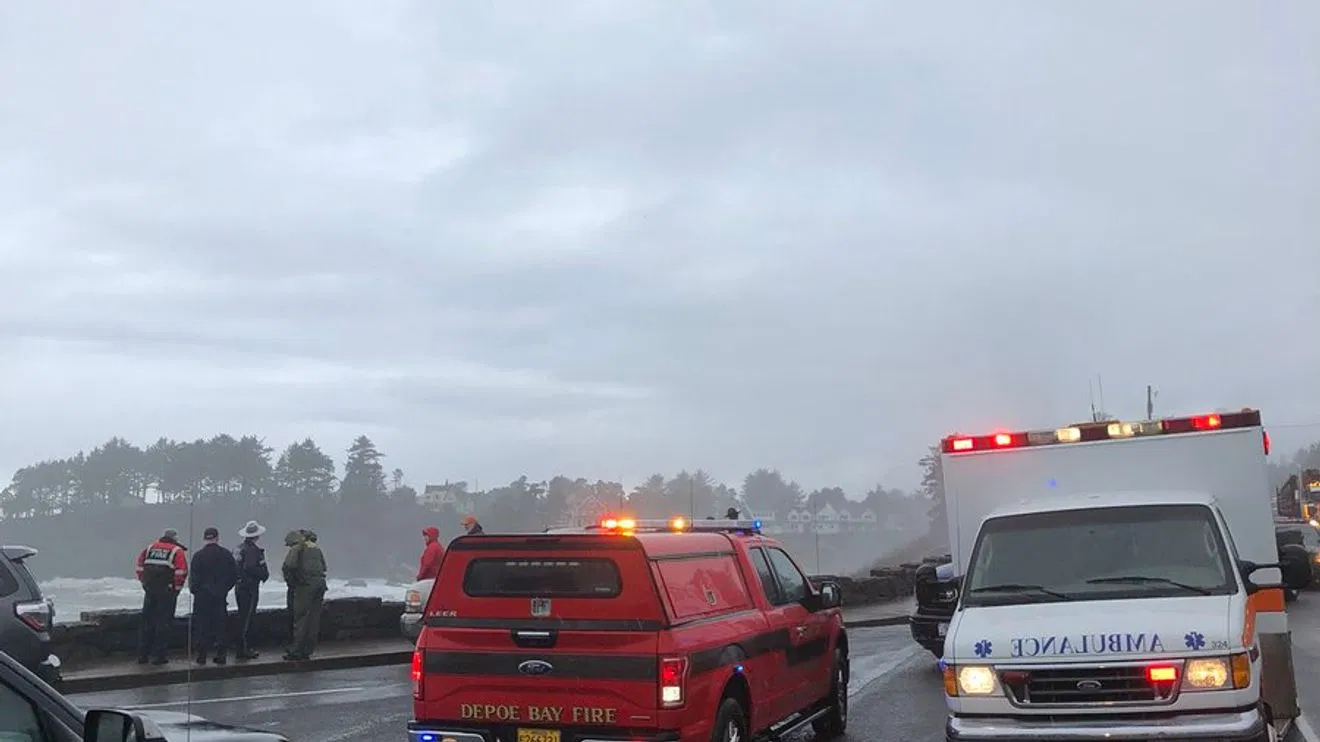 Women have always played an important role in Oregon’s commercial fishing industry, even if they don’t actually fish or work on boats – but a new study indicates their roles are changing.
Women have always played an important role in Oregon’s commercial fishing industry, even if they don’t actually fish or work on boats – but a new study indicates their roles are changing.
The research, funded by Oregon Sea Grant and published in the journal Marine Policy, was based on a series of oral-history interviews conducted mainly with fishermen and their wives.
The findings could help government agencies set policies that take into account their potential impacts on the well-being of entire fishing communities, said Flaxen Conway, a community outreach specialist with Oregon Sea Grant Extension and a co-author of the paper.
Conway, who is also a professor in OSU’s College of Liberal Arts, noted that a federal law, the Magnuson-Stevens Fishery Conservation and Management Act, requires policymakers to consider how management policies could affect the economic and social well-being of fishing communities.
Women’s contributions to the fishing industry are not always visible and are continually evolving, Conway said. They have traditionally performed onshore legwork roles, such as provisioning vessels and taking care of the financial side of the business, she said. But some of those interviewed noted an increase in the number of women involved in research or management – such as serving on task forces and commissions – sometimes because of increasingly complex regulations and markets.
Sarah Calhoun, a former OSU master’s student, conducted interviews with 15 women and 10 men from the coastal Oregon towns of Astoria, Warrenton, Garibaldi, Newport and Port Orford; and Morro Bay, Calif., as part of this project.
One fisherman’s wife said she entered the “politics of fishing” when fishing quotas were starting to be implemented.
“It was really obvious that our boat and our community was going to be entirely left off it [if] we weren’t at the table to participate in the really finer details of the design of the [catch shares] program, and so that’s when I got involved,” she said.
Another fisherman’s wife noted, “. . . more women and fishermen’s wives are much more aware of the regulatory issues than they were 20 years ago, and are much more active . . . self-educating or attending the meetings, or pushing their husbands out the door [to a meeting] and telling them, ‘You need to go to this.’”
The increasing complexities of the fishing industry have increased women’s need to turn to social support groups such as Newport Fishermen’s Wives and to adapt by learning new skills, said Conway. For example, one fisherman’s wife described the challenge of understanding fishing quotas: “How do I open a quota share account, how do I trade quota, how do I transfer it from account to account?” she asked. “That’s the kind of constant learning [that’s necessary] as regulations change. And I think that the learning curve – as opposed to 20 years ago – [has] grown exponentially.”
As one fisherman’s wife put it: “Fishing isn’t what it used to be. It isn’t the same. So I think you have to be able to adapt to change.”
Conway agreed. “I’ve always been really impressed with the resilience of the fishing community, and this work has showed us that adaptation has actually resulted in a major change in the roles women play in the family business.”
The interviews form part of the Voices from the West Coast oral history project. Suzanne Russell, a social scientist with NOAA’s Northwest Fisheries Science Center, was a co-author of the paper, and the center also provided funding.
Information and photos provided by OSU
